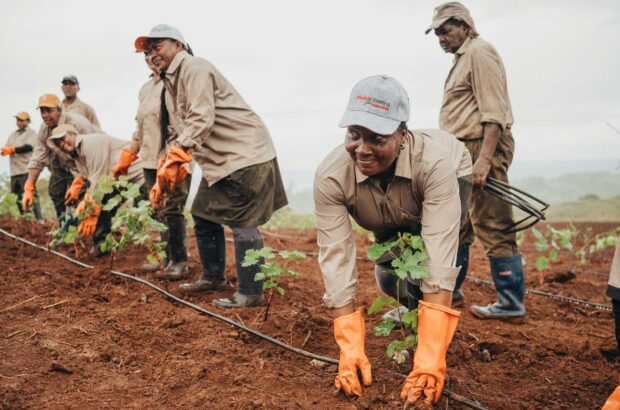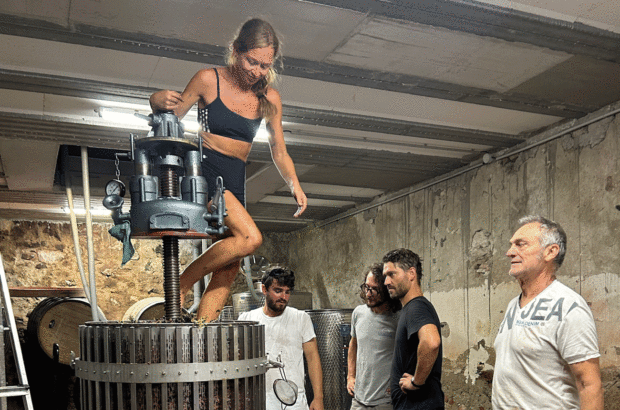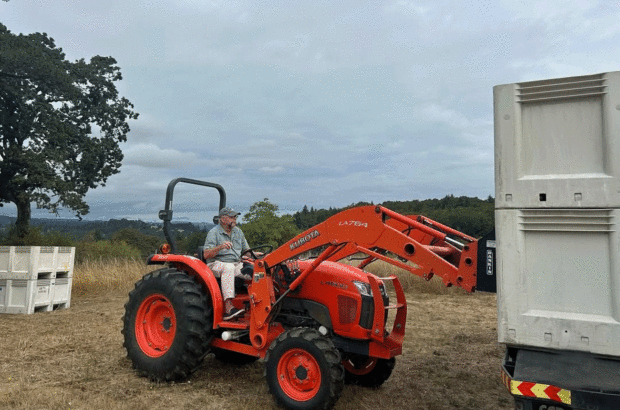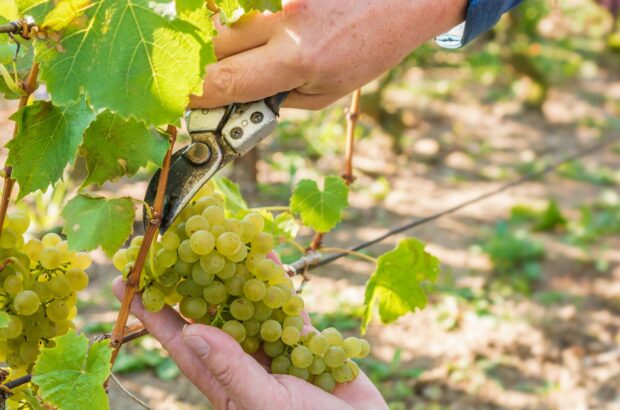Vines in Italy's Veneto region are under threat from a new pest, Japanese spotted wing fruit flies, as the 2013 harvest gets underway.
Cantina di Negrar’s technical director, Daniele Accordini, explained his fears for the coming harvest while in London this week for the launch of the winery’s new single-vineyard ‘Amarone Espressioni’ range.
‘We are extremely worried about Drosophila suzukii, which arrived in the Veneto for the first time this year. It destroyed the region’s cherry crop earlier this season, and in Trentino, the grape crop has already been attacked,’ he said.
The flies originate from Japan and can tolerate cool humid conditions typical of Valpolicella’s hilly vineyards, as well as other parts of Europe.
Unlike most fruit flies, which feed on rotting fruit, the Drosophila suzukii, known as spotted wing fruit flies, lay eggs inside the healthy fruit and larvae then feed on the grapes, causing secondary infections and crop loss through rot.
Accordini added, “this fly is a huge concern for Amarone production where it is vital that we have totally healthy grapes to go into the drying process’. Cantina di Negrar is Italy’s largest producer of Recioto and a pioneer of Amarone.
At present, there are no agrochemicals registered for use on grapevines against Drosophila suzukii and Accordini added that ‘sprays only work against the flies, not eggs or larvae, and they can lay 400 eggs every few days’.
The European Plant Protection Organisation has issued a quarantine alert for the pest.
Written by Caroline Gilby MW







